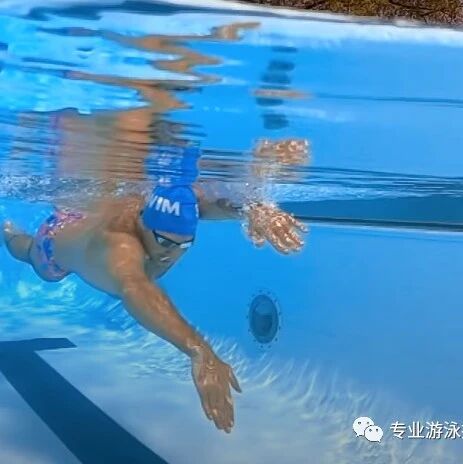Let's check out the swimming results—there’s been a slight improvement in freestyle performance.
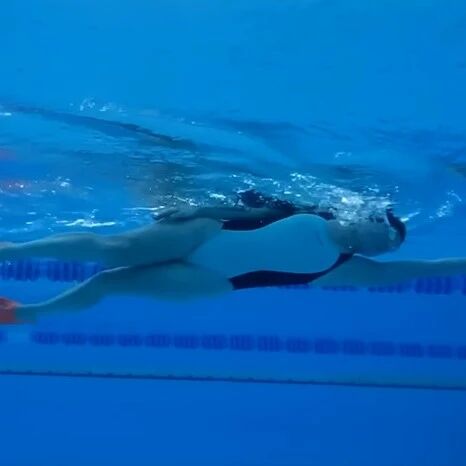
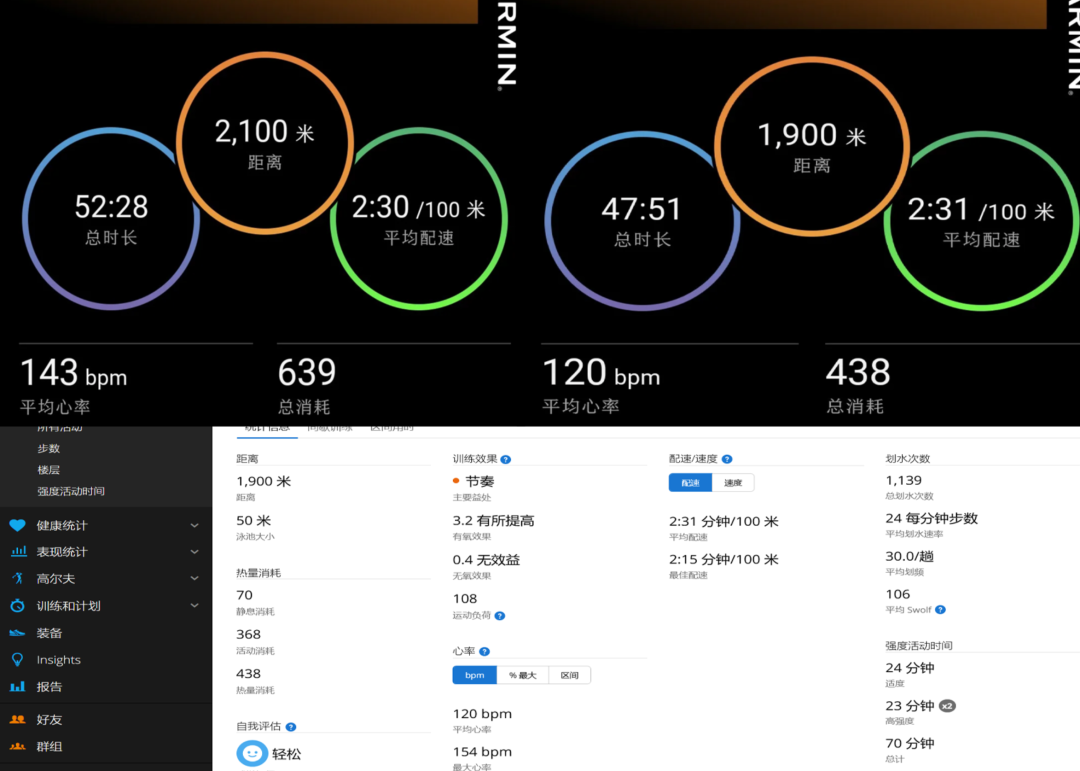
Swimming competition results at a glance
A modestly successful display of freestyle swimming skills
Learning how to interpret the swimming metrics on your sports watch is incredibly useful—whether it’s for comparing your performance data side by side with other swimmers or tracking your progress over time against your own previous swimming records.
Whether it’s mainstream sports watches like Huawei and Apple, or professional models from brands such as Garmin and Suunto, all offer robust data-collection support for swimming activities. The more detailed the swim performance data, the better swimmers can accurately assess their training progress and develop more targeted practice strategies.
Quickly understand swimming performance data
Swimming performance data primarily includes: total distance, total time, total strokes, 100-meter pace, average heart rate, maximum heart rate, stroke rate (SPM), strokes per lap, and the SWOLF score, among other metrics.
Single assessment
• Swimming water-walking effect:
If it’s longer than your height, you’ve passed—but if it’s shorter, it means there’s an issue with your stroke technique, such as improper body positioning or a lack of streamlined form, which is creating extra water resistance and reducing your swimming efficiency.
• Swimming Stroke Rate SPM:
That is, the number of strokes per minute—typically, long-distance swimmers maintain an SPM range of 20 to 50, with stronger swimmers often exceeding 50. Amateur swimming enthusiasts can steadily improve their SPM through consistent practice, though this improvement is notably influenced by shoulder flexibility. As a general guideline, it’s recommended to keep SPM between 25 and 30, as this helps achieve a balanced rhythm while optimizing both endurance and overall swimming efficiency.
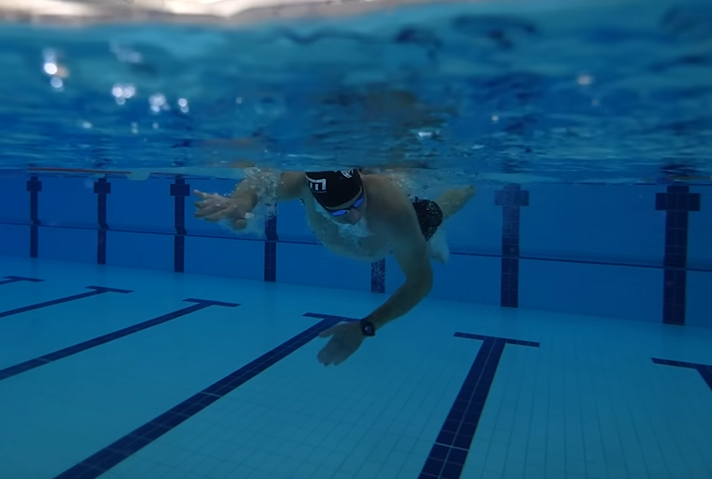
• Sense of swimming rhythm:
The closer a swimmer's average speed is to their maximum speed, the better—this indicates a balanced rhythm and is more conducive to conserving energy during long-distance swimming.
The lower the SWOLF score, the better—it indicates that, given a certain level of fitness, you've improved your swimming efficiency.
An article specifically addressed heart rate control, so this one won't go into detail again.
Comparative Assessment
People differ in height and body type, which means swimmers have varying arm spans and body streamlines. Some can complete 1000 meters while burning as little as 300 calories, while others may need 400 or even 500 calories. Interestingly, the same person can also burn different amounts of energy when swimming 1000 meters—sometimes with significant variation.
• The Contrast Between the Fat and the Skinny
After swimming 1000 meters, the person with greater body weight should naturally expend more energy. However, if both individuals weigh the same, the person with a stockier build is likely to burn more calories. Conversely, if their energy expenditure is identical, it suggests that the lighter, leaner swimmer is actually more skilled—after all, stronger propulsion through the water is required to generate greater energy consumption.
Similarly, if a person is tall, lightweight, and slender in build—meaning they carry less drag, have excellent streamlining, and enjoy an advantageous arm span—then they’ll have a significant edge when swimming freestyle.
Therefore, noticing that you expend more energy while swimming, have a lower stroke rate, and a higher SWOLF score than others doesn’t necessarily mean your swimming ability is inferior to theirs.
Swimming is a process of continuous improvement and constant new gains—so make sure to regularly assess your swimming data from a longitudinal perspective.
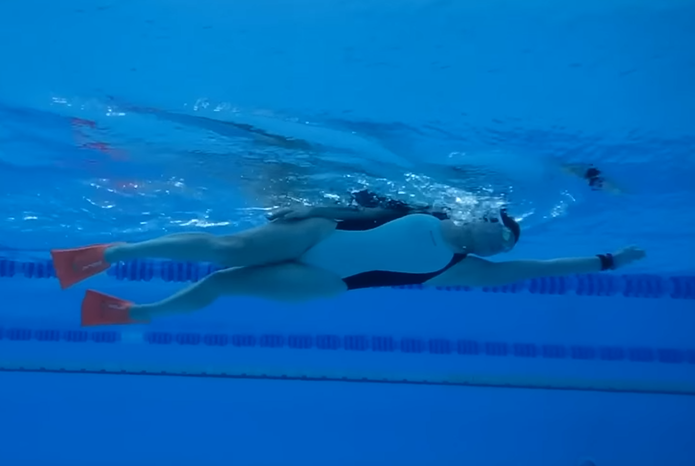
A slight improvement in swimming skills
Huang Silang asked Zhang Mazi, "Between money and me, which is more important?" Zhang Mazi replied, "Neither you nor money matters to me—but without you, I’d be lost."
This passage can be interpreted as follows: Whether one rushes through their brief, fleeting life in haste or moves at a more measured pace—even if they stumble along the way—the ultimate outcome is often no different from not having been here at all. At best, they might occasionally be remembered, and when recalled, people might even offer a simple, heartfelt remark like, "I kind of miss you."
The ultimate art of visiting someone's home is to arrive and feel as though you never left—yet they’ll still look forward to welcoming you back anytime soon.
Smooth and seamless
Smooth, fluid coordination of swimming movements is essential—start by achieving this goal to ensure seamless entry into the water, efficient water capture, powerful propulsion, graceful exit, smooth arm recovery, balanced body rotation, effortless breathing, and dynamic hip-driven kicks. Importantly, no matter the stroke, maintain a stable body posture with your hips consistently elevated, preventing unnecessary up-and-down undulations.
Happening quietly
When turning your body, quietly take a breath—entering the water feels seamless and natural. Once submerged, your arms naturally rotate inward to embrace the water, and as you push off, your core engages firmly while your body smoothly pivots to the side… These movements flow effortlessly and quietly, so much so that all you notice externally is the powerful pull of the water—without even trying, you’d hardly be aware of the subtle breathing adjustments happening beneath the surface.
Furthermore, during the swim, I suddenly found myself completely unaware of my leg movements or breathing—no, it wasn’t a lapse in memory; it was as if I had simply lost track. These actions had become second nature, happening instinctively, much like how we walk on land without consciously reminding ourselves to breathe, shift our weight to the left leg, or swing our arms. It’s all happening seamlessly, almost unnoticed.
Only when you're swimming without consciously thinking about kicking or breathing—when your entire focus is on refining your pull—and even more so when you’ve mastered body positioning—can you consider yourself making modest progress.

One WeChat official account shares swimming tips, while another focuses on software insights, online resources, and reading experiences.
Thank you for your supportive and encouraging likes, as well as the comments that spark meaningful conversations—and even more, we’d love to see those shares and retweets!
Related Articles
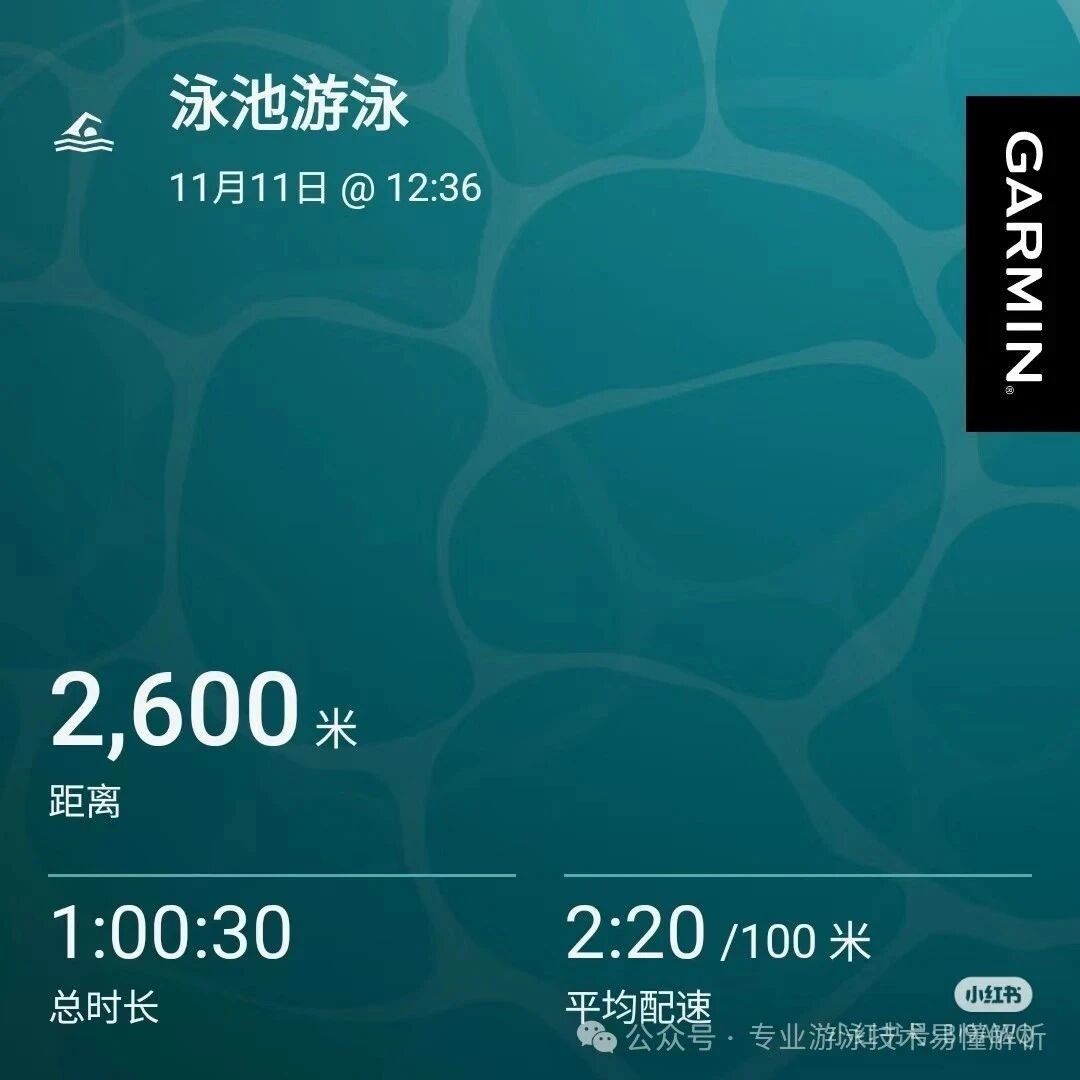
Finished a one-hour swim session at noon.
Detailed analysis of the full-immersion swimming concept, helping you truly master the techniques and principles of this unique swimming style.
